As a music educator, designing a comprehensive and effective curriculum is essential to fostering your students’ musical growth and appreciation. A well-crafted music curriculum not only aligns with national and state standards but also engages students through diverse musical experiences and pedagogical strategies. In this ultimate guide, we will walk you through the key components of a robust music curriculum and provide practical tips for overcoming familiar challenges in the music curriculum design process.
Key Components of a Comprehensive Music Curriculum
Alignment with Standards
To ensure that your music curriculum meets educational expectations and prepares students for success, it is crucial to align your curriculum with national and state music education standards. These standards, such as the National Core Arts Standards, provide a framework for the knowledge, skills, and understanding that students should acquire at various grade levels.
SMART Learning Objectives
Clearly defined learning objectives and outcomes are the foundation of an effective music curriculum. These objectives should be Specific, Measurable, Achievable, Relevant, and Time-bound (SMART). For example, “By the end of the semester, students will be able to sight-read a 16-bar melody in the key of C major with 90% accuracy.” By setting clear goals, you can guide your students’ learning and assess their progress effectively.
Appropriate Content and Skills Sequencing
A comprehensive music curriculum should include developmentally appropriate content and skills that build upon one another sequentially. Consider your students’ age, prior musical experience, and learning styles when selecting repertoire, activities, and assignments. For instance, begin with simple rhythms and melodies before progressing to more complex pieces.
Musical Diversity
Exposing students to a wide range of musical genres, styles, and cultures is essential for developing their musical understanding and appreciation. Incorporate music from various historical periods, geographical regions, and cultural traditions to broaden your students’ musical horizons. Consider including pieces from the Baroque, Classical, Romantic, and Contemporary eras, as well as world music and popular styles.
Theory, History, and Appreciation
In addition to performance skills, a well-rounded music curriculum should integrate music theory, history, and appreciation. These elements provide context and depth to students’ musical learning, helping them understand the structure, evolution, and significance of the music they encounter. For example, when studying a classical sonata, discuss the form, composer’s background, and historical context.
Performance, Composition, and Improvisation
A comprehensive music curriculum should offer opportunities for students to engage in performance, composition, and improvisation. These experiences foster creativity, self-expression, and problem-solving skills while allowing students to apply their musical knowledge in practical settings. Consider incorporating group performances, original compositions, and improvisation exercises into your curriculum.
Music Education Best Practices and Strategies
Scaffolding and Sequencing
Effective music teaching involves scaffolding and sequencing content to support students’ learning progressions. Break down complex skills and concepts into manageable steps and provide many opportunities for practice and reinforcement. For example, teach basic chord progressions before advancing to more complex harmonic structures.
Differentiated Instruction
To accommodate the diverse needs and abilities of your students, incorporate differentiated instruction strategies. Offer multiple pathways for learning, such as visual, auditory, and kinesthetic approaches, and provide tiered assignments and flexible grouping options. Consider using color-coded notation, rhythm cards, and peer tutoring to support different learning styles.
Technology Integration
Integrating technology into your music curriculum can enhance student engagement and facilitate personalized learning. Utilize digital tools, such as music notation software (e.g., Finale, Sibelius), virtual instruments (e.g., GarageBand, Soundtrap), and online learning platforms (such as Practicing Musician) to support students’ musical skill development and creativity.

Fostering 21st-Century Skills
A comprehensive music curriculum should foster 21st-century skills, such as critical thinking, collaboration, communication, and creativity. Incorporate project-based learning, group performances, and peer feedback activities to develop these essential skills. For example, have students work in small ensembles to arrange and perform a piece, providing constructive feedback to each other.
Assessment and Feedback
Regular assessment and feedback are crucial for monitoring student progress and informing instructional decisions. Use a variety of formative and summative assessment strategies, such as performance rubrics, self-evaluations, and portfolios, to gather evidence of student learning and provide constructive feedback. Develop clear rubrics that outline expectations for tone quality, intonation, rhythm, and expression, and have students track their progress through audio recordings and reflections.
Overcoming Challenges in Music Curriculum Development
Developing a comprehensive music curriculum can be challenging due to time constraints, limited resources, and the diverse needs of students. However, by prioritizing essential content, collaborating with colleagues, and seeking out professional development opportunities, you can overcome these challenges and create a curriculum that meets the needs of your students.
How Practicing Musician Simplifies the Process
While crafting a comprehensive music curriculum requires considerable time and effort, Practicing Musician offers a solution that can streamline the process. Practicing Musician provides a comprehensive, standards-aligned music curriculum for various instruments and skill levels, designed by experienced music educators.
With Practicing Musician’s platform, you can access a wealth of engaging video tutorials, interactive resources, and built-in assessments that support student learning and progress tracking. The curriculum is flexible, allowing you to customize and integrate it with your existing materials and approaches.
By leveraging Practicing Musician’s resources, you can save valuable time in curriculum development while ensuring that your students receive high-quality, consistent musical instruction. The platform’s user-friendly interface and comprehensive content make it an invaluable tool for music educators looking to create a robust and effective standards-based curriculum.
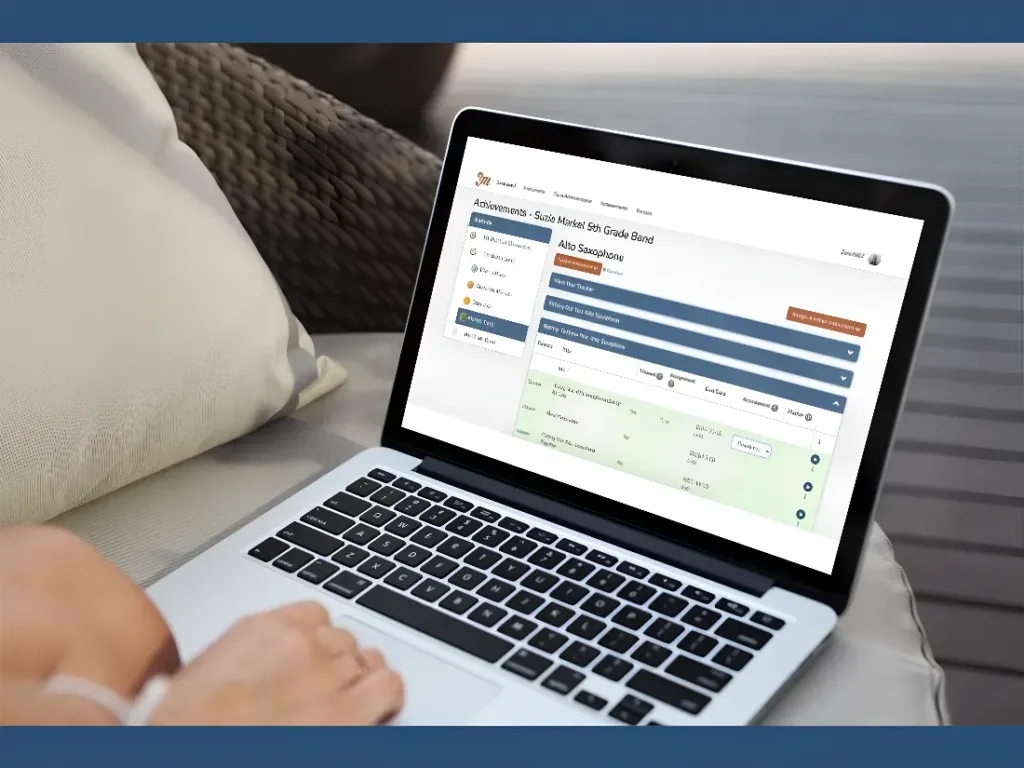
Step-by-Step Guide to Music Curriculum Design
- Review national and state music education standards to ensure alignment.
- Define clear, SMART learning objectives and outcomes for each grade level or course.
- Select developmentally appropriate content and skills, considering student needs and interests.
- Incorporate diverse musical genres, styles, and cultures to broaden students’ musical horizons.
- Integrate music theory, history, and appreciation to provide context and depth.
- Include opportunities for performance, composition, and improvisation.
- Plan for scaffolding and sequencing of content to support learning progressions.
- Incorporate differentiated instruction strategies to accommodate diverse learners.
- Integrate technology to enhance student engagement and personalized learning.
- Foster 21st-century skills through project-based learning and collaborative activities.
- Develop a variety of assessment strategies, including rubrics and portfolios, and provide regular feedback to students.
- Continuously evaluate and refine your curriculum based on student outcomes and feedback.
By following these steps and leveraging the resources provided by Practicing Musician, you can create a comprehensive, standards-aligned music curriculum that engages and inspires your students. Remember, music curriculum development is an ongoing process, and by staying open to innovative ideas and approaches, you can continue to refine and improve your curriculum over time.

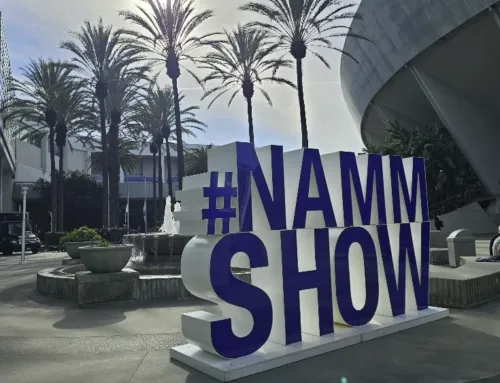
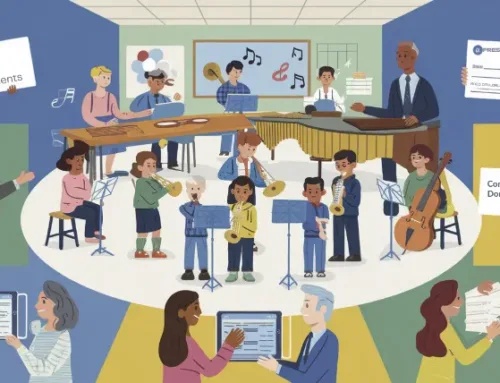
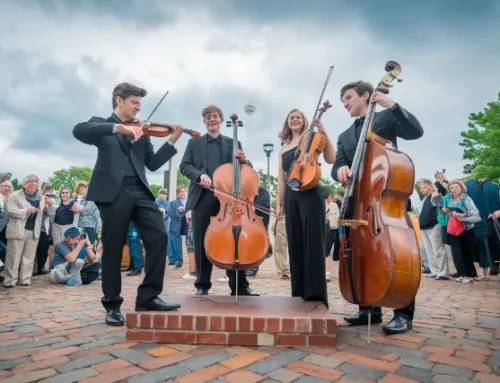
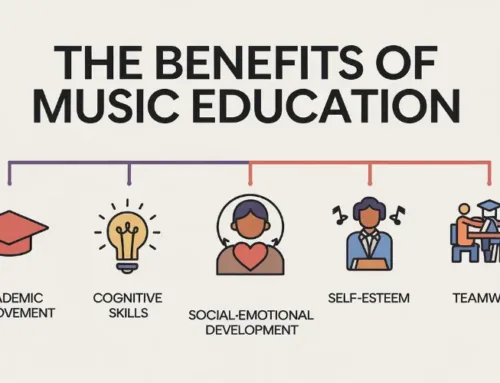
Leave A Comment
You must be logged in to post a comment.